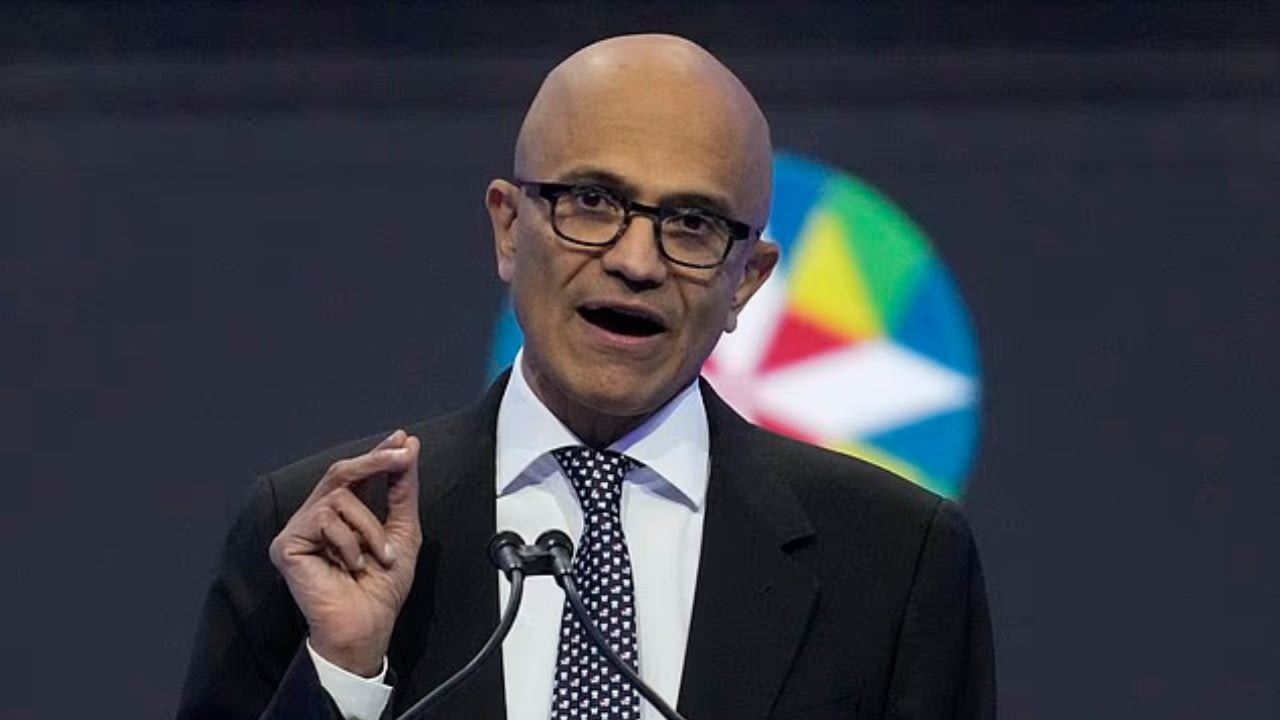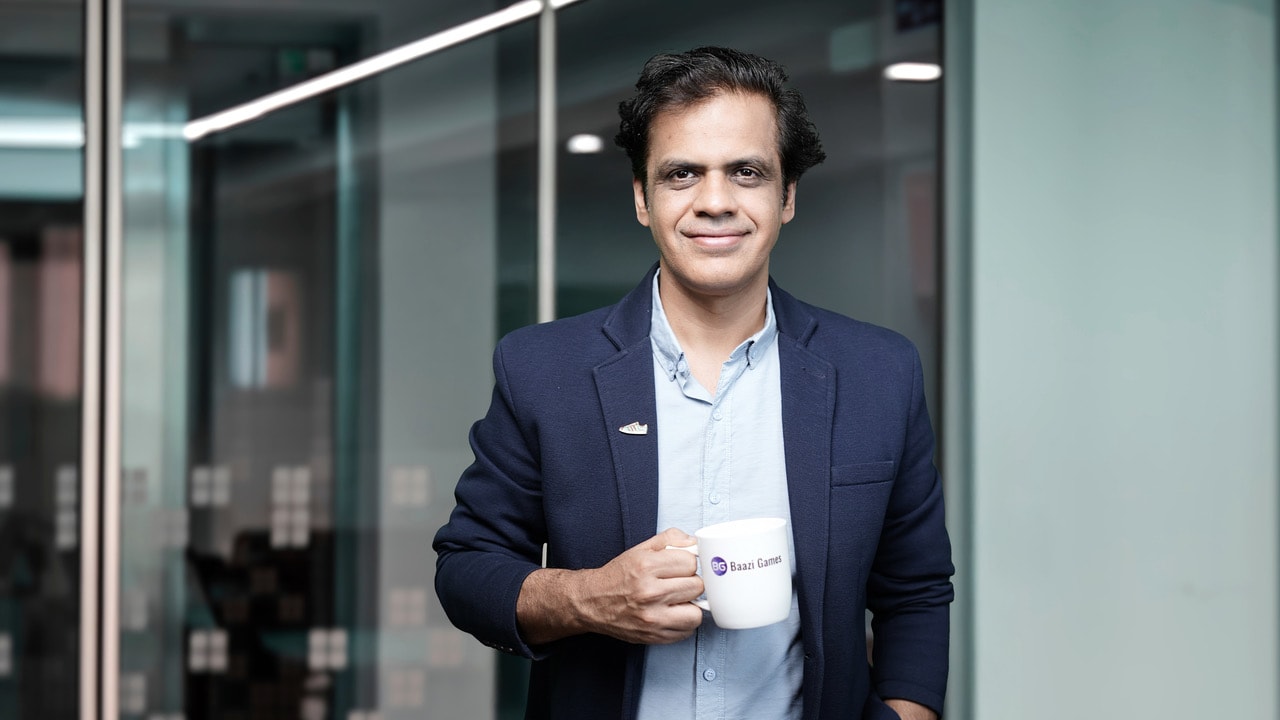In a bold leadership shake-up, private sector lender Yes Bank has laid off four senior executives and restructured key business divisions as part of a sweeping strategy to enhance operational efficiency and drive profitability. The changes, which span across retail, corporate, and commercial banking, were announced to employees via an internal email, as reported by Mint.
The executives asked to leave with immediate effect include Akshay Sapru, Head of Affluent and Private Banking; Dhaval Shah, Head of SME Banking; Sanjiv Roy, Head of Fee Business; and Pankaj Sharma, Chief Strategy Officer. Notably, Sharma’s entire strategy transformation team has been disbanded, with the digital banking division—previously under his leadership—now reporting directly to Managing Director and CEO Prashant Kumar.
“We were informed of the decision only 2-3 days ago,” one of the departing executives reportedly told Mint, highlighting the abruptness of the move.
In the internal communication, CEO Prashant Kumar outlined the bank’s renewed vision, placing heavy emphasis on the central role of branch banking in customer engagement and future growth. “The branch will remain the fulcrum of our bank and one of the most effective touchpoints for reaching customers,” Kumar stated.
As part of this shift, several key units—such as private banking, fee-based business, liability product management, micro-enterprise banking, spectrum banking, and inbound call centre operations—will now be folded into the branch banking structure. These divisions will report to Dheeraj Sanghi, who has been appointed Country Head of Branch Banking, Affluent and Institutional Banking.
Further changes include the consolidation of Yes Bank’s large corporate banking vertical. Previously managed by two zonal heads, this unit will now come under a newly appointed Country Head for Large Corporate Business. Similarly, the commercial banking division, with a focus on small and medium enterprise (SME) lending, has also undergone reorganisation.
The restructuring is seen as part of Yes Bank’s broader efforts to rein in costs and align its business strategy with a more agile and efficient model. Amid a highly competitive and evolving financial landscape, the bank is betting on a more integrated approach to banking operations to deliver better returns and improve customer experience.
While abrupt leadership exits often signal internal turbulence, Yes Bank appears to be positioning this shake-up as a necessary step in its transformation journey. The decision to streamline senior leadership and bring core operations closer to the branch level suggests a pivot towards decentralised decision-making and on-ground execution.
However, the manner of the layoffs—delivered via email with short notice—may raise questions about employee morale and internal communication at a time when confidence and clarity are key to executing a large-scale organisational transformation.
As Yes Bank moves ahead with its restructuring blueprint, all eyes will be on how effectively it balances cost rationalisation with the need to retain talent, maintain service quality, and restore long-term stakeholder trust.











